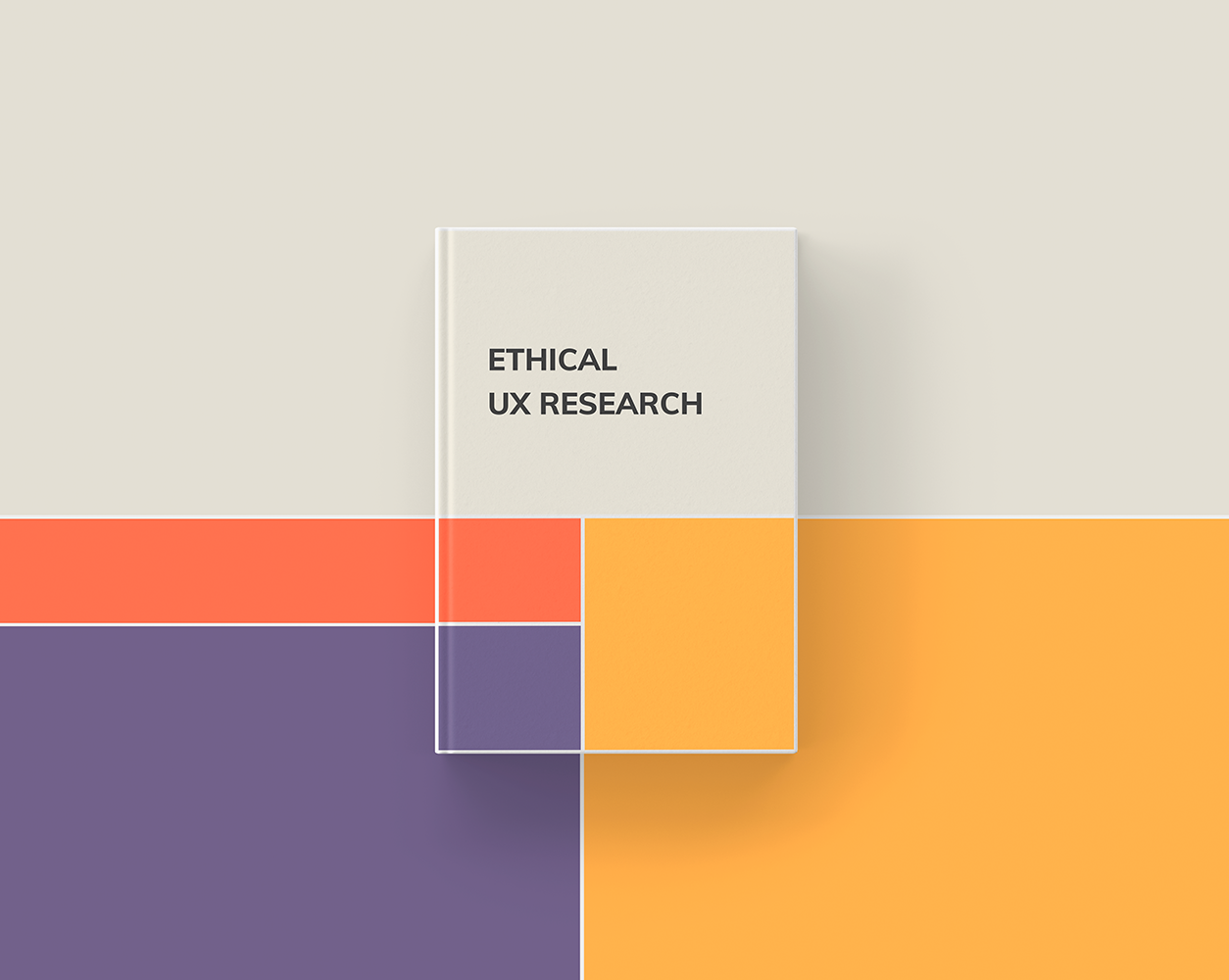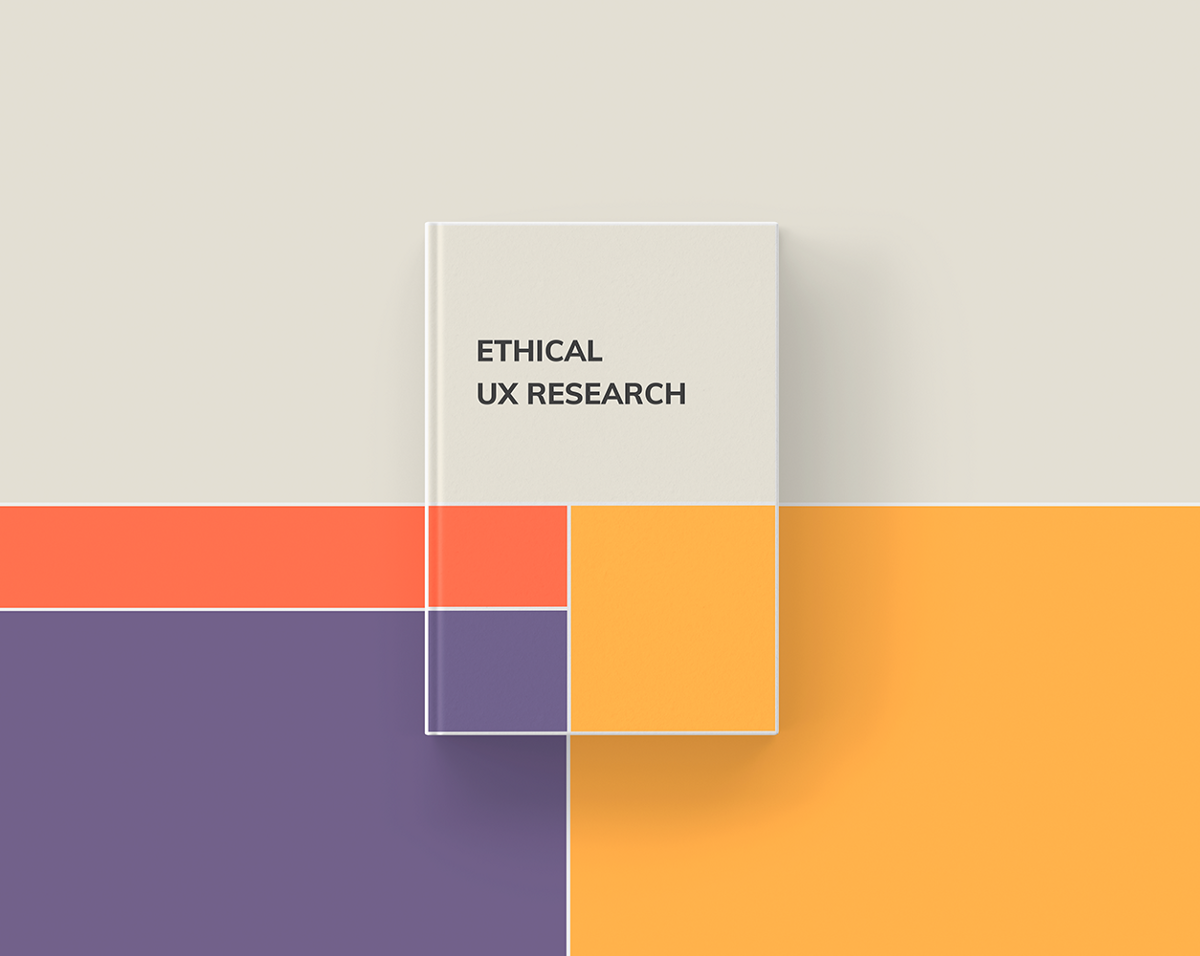
After writing my intro to UX research, I was about ready to stop. After all, I explained what design research is and why it matters as well as which methods and tools to use. What more could there possibly be?
Well, design research is similar to any other type of scientific and academic research and so it’s important to keep the standards high. If you visit a science lab, you’ll see rigorous rules, ethical compliance, and, consequently, precise and fruitful results. Now, I’m not suggesting we start to wear lab coats while watching the users click buttons on the screen, but there’s definitely a thing or two we could learn from the scientists. I’d like to present a few points that I, personally, try to stick to in my research and that can really bring your results to the next level. It’s a way of helping out those struggling with UX research as well as raising the bar on the way we conduct it.
How to Make Your Research Ethical and Efficient
Let’s be frank: the situation with ethics in the IT industry is not great. Putting it mildly, of course. Even if you don’t account for the heavily publicized examples such as Facebook eating up any info you give it (as well as any that you don’t lock away under heavy encryption), targeted advertising using your conversations to trace your interests, and companies selling your data. Pretty much every “caste” in the industry is getting the short end of the stick from time to time, from customers to employees. It’s gotten bad enough that publications are compiling “top 10 worst ethical breaches of the year” lists, like some kind of Oscar season sweepstakes. Obviously, I’m not exactly calling for a less-than-likely revolution but I do believe that a bit of ethics won’t hurt. In the unmoderated Wild West of IT, the inclusion of ethical research could be an important step towards respecting our users and establishing rules of conduct.
Doing ethical UX research is actually pretty easy and doesn’t require herculean effort from anyone on your team. The first step is to simply be honest with the users. Disclose why you’re doing the research, how it’s going to be done, and how the results will be processed. I’m not suggesting you divulge secret information but don’t be afraid to tell the testers “we want to make this a mass-appeal product”. In cases where some information can’t be disclosed right away for fear of swaying the results or ruining the integrity of the research, keep it secret for a period. But make it available to the users as soon as possible.

Next is a step where many experienced researchers fail. Always respect the feedback and the user’s opinions. Just because you’ve been working in the design field for years doesn’t mean you know better than the target audience. Plus, a tester who feels disrespected or doesn’t feel listened to will either quit the research team or simply give one-word answers instead of full feedback. Treat each user in the sample base as a valuable asset and, this is something I like to do, hold one-on-one interviews whenever possible. These make the user feel more important than being in the middle of a group session as you’re basically singling them out and listening intently to their input.
You might have noticed that I just used the word “feel” a lot. That’s because feelings are key in ethical research when it comes to getting clean results. They can help get precise feedback or, in the case of group studies, ruin the flow of the study. Group bias is a huge factor influencing the results and you should be wary of it. Basically, if the loudest and most charismatic person at the table goes “I loved the site”, you can expect about 75% of the rest to go along with the opinion. If you can’t avoid a group session and find yourself in a situation where one user leads the rest, try to look for dissenters. Their opinion isn’t necessarily the correct one but having varied feedback is important to evaluating the true results.
Disclosing the aim and type of your research is also important because it helps cull your tester list. Some users might not be as useful in determining the efficiency of an eCommerce site UX design as not everybody shops online (even if most do). Similarly, you don’t want to do research for a company and accidentally call in someone who works for their competitors. Basically, paying attention to your testers and their backgrounds is not only ethical but essential to full research.

Another important point is to make the research data (especially that of your participants) private and, if necessary, encrypted. Allowing a breach that targets this data is a fast pass to losing credibility as well as days’ worth of research. That’s where technology like blockchain comes in, though I won’t pretend to be an expert on that. Whenever I have to resort to using it, I just ask my colleague Elena, the head of Incode Group’s blockchain department and the one to ask any data security questions. When I didn’t have the luxury of a blockchain department, I resorted to older techniques. It’s all good as long as you genuinely do your best at protecting the data.
Last but not least, ethics in research isn’t just about legality and getting the proper consent/permission. Simply remember to treat each tester as a human being. Especially since that’s part of what makes their input on UX research so vital — their identity and their differences. Establishing a comfortable environment for your testers is the best way of facilitating fast and efficient research. Take into account the background and preferences of the team and you’ll have an easier time getting the responses you need/want.
Now, even though it’s really not that hard, ethical research still requires more than the basic procedures. This can be a hard sell, especially if any of the innovations cost the company money. But remember that ethical research doesn’t just bear better results, it also establishes your company as a brand you can trust. And user trust is a vital currency right now. Consider how Facebook lost most of its userbase’s trust in a matter of days and how easily that could have been avoided. So if you want good research and a reputation that actually draws users to you, an ethical approach is in order.

Oh, and lest we forget, ethical research will be your only option soon anyway. Well, that is as long as you work in the EU or collaborate with testers from the EU. Yes, GDPR rears its head even in a matter so distant from its usual ground. Since the majority of my projects are in the EU, ethical research isn’t just something I believe in but also a necessity. Why poke the beehive when I can get good results without sacrificing much?
In the end, I’d just like to reiterate that a few simple rules should be followed for clean, ethical research: be open; do no harm; value your users. These are the three commandments of a successful UX researcher and we’ll all be better off if they’re followed!
